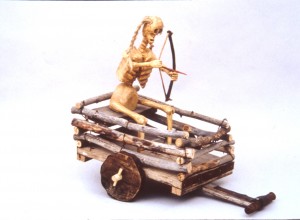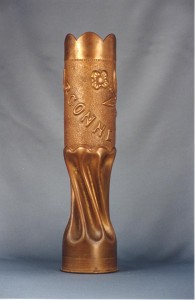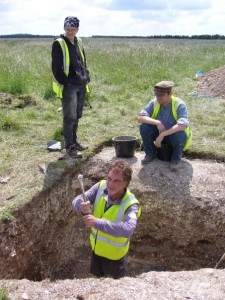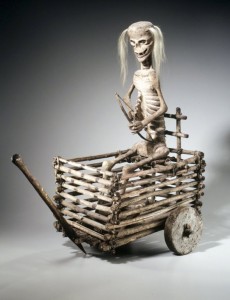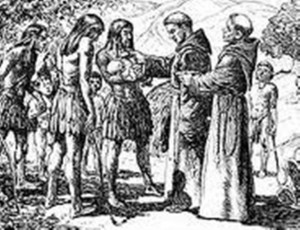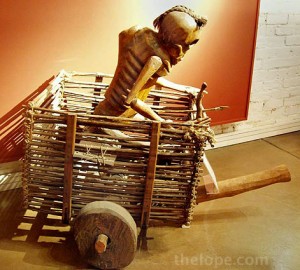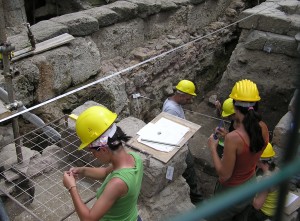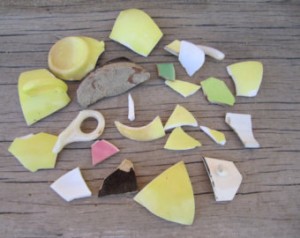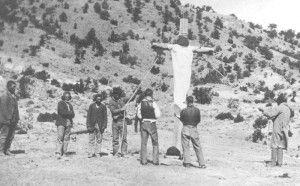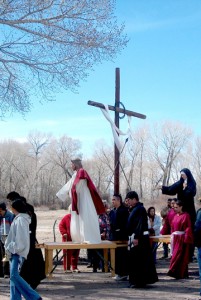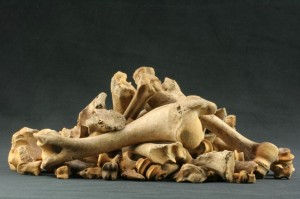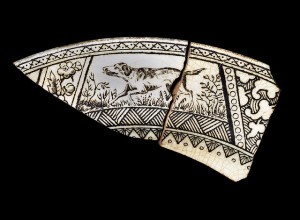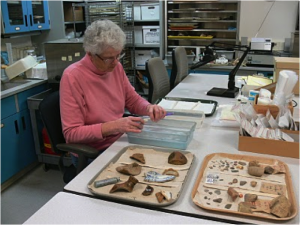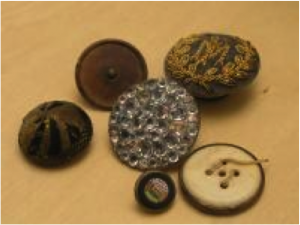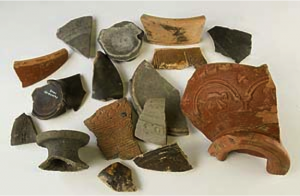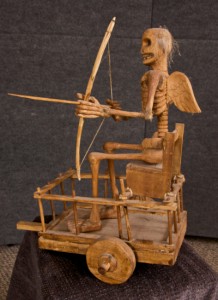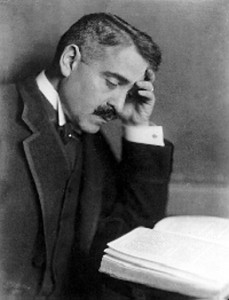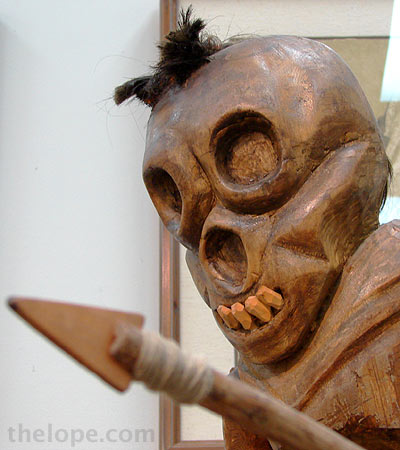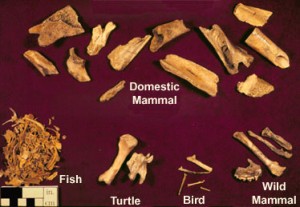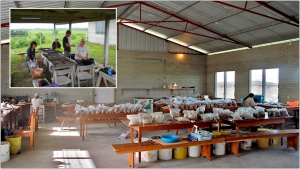Last week, an Italian anthropologist named Carlo Severi gave a lecture on images and their importance to archaeology, especially in regard to the Penitente Brotherhood. This brotherhood was a cult of Christianity that formed as a result of conflicts between Christian civilizations and Native Americans in the United States. This cult developed unique symbols and images such as Dona Sebastiana, a saint represented as a skeletal woman with a bow and arrow. Professor Severi’s lecture revolved around the necessity of this image to the brotherhood. This image was a direct reflection of the conflicts that the people of the brotherhood faced.
Throughout history, many objects have become symbols to represent how conflicts have affected societies. Many of these objects are considered forms of art, and one form that has become very well known is “trench art.” Trench art was created during World War I and each piece represents what war was like for its creator. World War I was a war that involved many different countries, so trench art can be found in numerous locations around the globe. An archaeological study of trench art can help archaeologists understand issues about conflict landscapes, nationalism, religion, and heritage.
Trench art varies from piece to piece, because each piece was made by a different person. The most common materials used for the creation of trench art include bullet shells and other war-related materials. The materials and methods used to create a specific piece of art can help tell what type of person made the artifact such as whether it was a soldier not in battle, a prisoner of war, or even a civilian.
Archaeologist Nicholas Saunders has set out to study modern conflict archaeology, in which he studies trench art to better understand global conflict. Saunders studies conflict archaeology as opposed to battlefield archaeology, because he feels that battlefield archaeology only seeks to record items to help create a better picture of military history. Saunders felt that no one was giving proper attention to trench art, so he set out to study trench art to gain a better understanding of past conflict as reflected in these items.
Pieces of art often become symbols that represent something, whether it is related to religion, culture, or issues faced at the time. Trench art, which has only in recent years become a popular art form to study, can help aid archaeologists in understanding the conflicts that surrounded World War I. Whenever conflict arises it is often represented in some sort of symbol that is created. Although trench art and images of Dona Sebastiana may seem as if they have nothing in common, both can lend archaeologists a helping hand in understanding the conflicts of the past.
Sources:
http://www.conflictarchaeology.com/
Images:
http://www.ohiou.edu/news/pix/DONA.JPG
http://www.trenchart.org/ArgonneVase.jpg
http://www.conflictarchaeology.com/Nicholas%20Saunders_files/saved_resource(5)
Further Reading:

